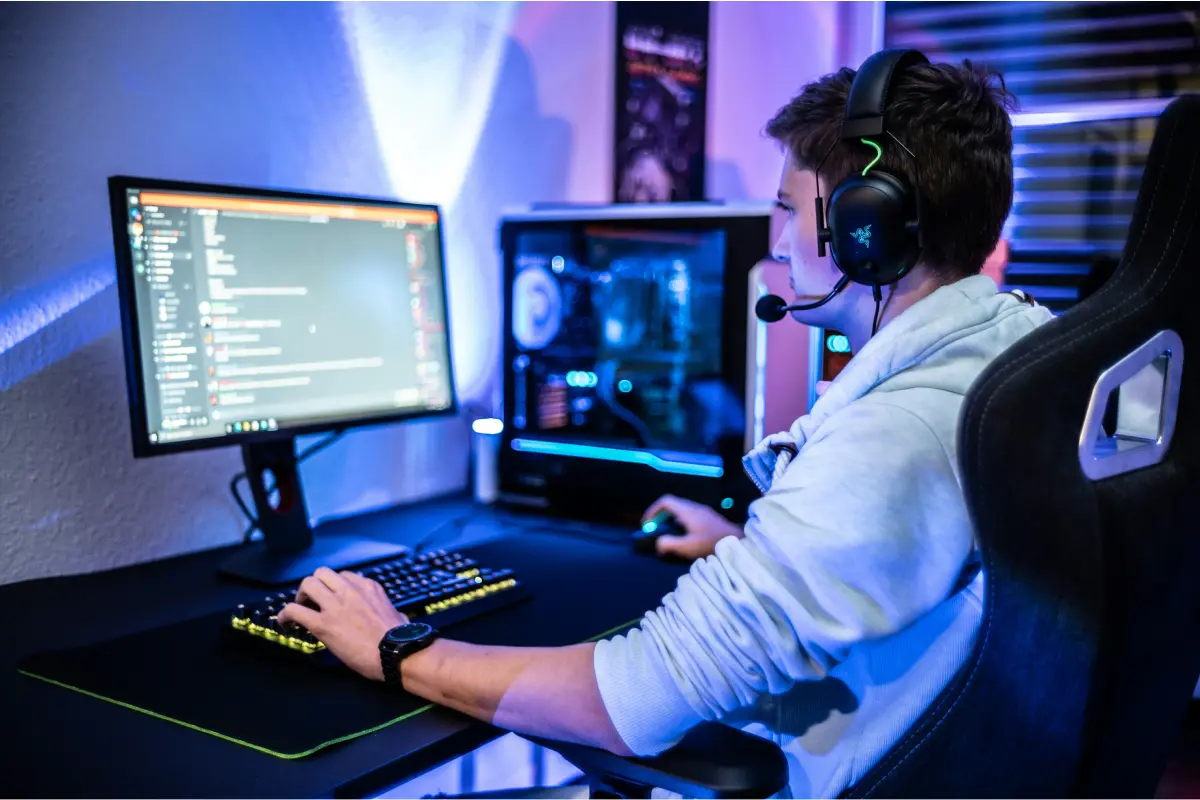
Nothing disrupts the immersive experience of Minecraft quite like sudden lag spikes or persistent connection issues. Whether you’re hosting a small private server for friends or managing a large multiplayer community, ensuring smooth gameplay is essential. If your server is suffering from delays, rubber banding, or slow chunk loading, it’s time to optimize. Here’s how you can enhance your Minecraft server performance for a seamless experience.
Table of Contents
One of the most effective ways to reduce lag is by selecting a high-quality server provider. While running a server on your local machine might seem convenient, it often lacks the necessary power to handle multiple players and complex builds. Instead, consider using a dedicated service like Minecraft hosting to benefit from optimized server hardware, low-latency connections, and built-in performance enhancements.
Minecraft servers require adequate RAM to function properly, especially if you’re using mods or plugins. Too little memory can cause severe lag and crashes. Here’s a basic guide to allocating RAM based on server size:
Most hosting services allow you to upgrade RAM based on your needs. If you’re running a server on your own hardware, you can allocate more RAM in the server.properties or start.bat file.
Tweaking your server settings can make a big difference in performance. Here are some key adjustments:
If you’re running a Bukkit, Spigot, or Paper server, installing performance-enhancing plugins can drastically reduce lag. Some recommended options include:
These tools help maintain a stable server by managing memory-intensive elements in real time.
Server-side optimizations won’t be effective if your network connection is slow. Ensure your internet speed can handle the server’s demands, and consider:
If you’re hosting a large server, consider a dedicated IP to reduce potential connection issues.
Newer versions of Minecraft, along with Spigot, Paper, and plugins, often come with performance improvements. Keeping your server up to date ensures:
Before updating, always make a backup to prevent data loss in case of compatibility issues.
If you’re experiencing frequent lag despite optimizations, your server might be running on inadequate hardware. Instead of using shared hosting or a low-end machine, consider upgrading to:
Optimizing your Minecraft server requires a combination of the right hardware, efficient settings, and ongoing maintenance. By choosing a reliable hosting provider, allocating sufficient resources, adjusting server settings, and using performance-enhancing plugins, you can create a smooth and enjoyable gameplay experience for yourself and your community.
If lag spikes and connection issues continue to be a problem, upgrading to a dedicated server or high-performance hosting service might be the best solution. With the right setup, you can ensure your Minecraft world runs seamlessly, allowing players to explore, build, and adventure without interruptions.
Also Read:
How to Edit a Video Like a Professional
Create A Powerful Landing Page To Enhance Your Brand Identity?
How to Launch Your Startup Idea Without Wasting Time or Money
Data analytics has reshaped marketing tactics beyond recognition. In an age where every click, comment,… Read More
Skin resurfacing treatments have advanced significantly, offering more effective and comfortable solutions for achieving smoother,… Read More
Launching a startup is an exciting yet challenging journey, and many founders fall into the… Read More
Workplace stress is a silent epidemic, impacting productivity and morale. Companies have long sought effective… Read More
A well-lit yard enhances your home's curb appeal and significantly improves security. Smart outdoor lighting… Read More
Hydrafacial has quickly become one of the most popular skin treatments, and it’s easy to… Read More